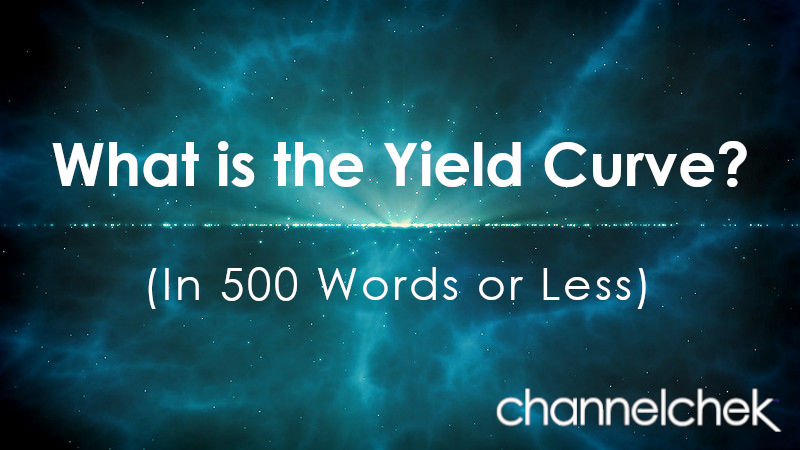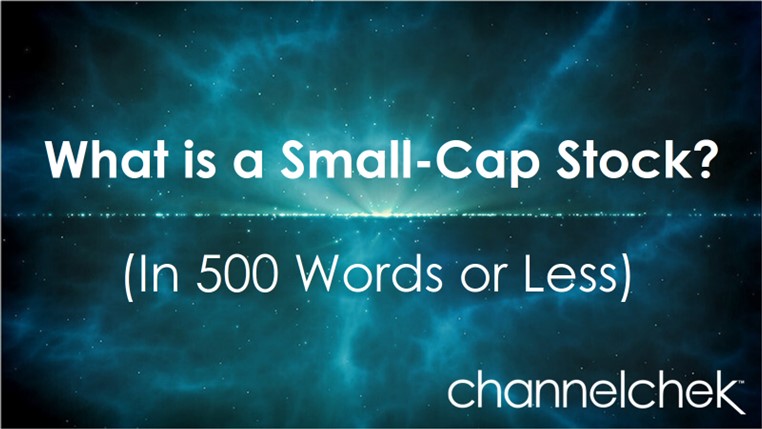Small-Cap Stocks and How They’re Different
Shares of public companies with a total market capitalization between $300 million to $2 billion are categorized as small-cap.
Market capitalization is determined by taking a stock’s share price and multiplying it by all of the outstanding shares. If the product comes to between $300 million and $2 billion, it fits the definition of small-cap.
|
Example ABC Company Share Price: $4.25 Shares Outstanding: 400 Million Market Capitalization: $4.25 x 400,00,00 = $1.7 Billion |
The above example shows ABC Company trading at $4.25 per share. There are $400 million shares outstanding – by multiplying $4.25 by 400 million, it reveals the company has a market cap of $1.7 billion – $1.7 billion is between $200 million and $2 billion, so it is categorized as a small-cap company.
Market-cap data is available for small-cap stocks on Channelchek and other websites that provide investor information on companies.
Why is it Important?
Investors generally view stocks in three size categories: large, mid, and small-cap. Some even add two other categories they call microcap and megacap.
Knowing a company’s size, measured by market capitalization, is useful information for investors, here’s why:
Small-cap companies can exist in any industry. The difference between the smaller company and those with larger capitalization in the same business is that smaller companies have an increased potential for growth. Smaller companies are also more prone to being acquired. A company that gets acquired usually does at a share price above market levels.
Another possible benefit is small companies usually have a more focused business line which allows investors the ability to fine-tune their concentration. To understand this, take a small one-product company that gets FDA approval for the only drug it has been working on for years. Its share price would likely skyrocket. If a large-cap company like Johnson and Johnson got approval for a drug that is just as effective, the impact on J&J’s earnings would not be as impactful for the stock price.
This is because the larger J&J also sells many other products. The stock price of the small company typically would show a much greater impact. This is true of growth, earnings, profit, and market-cap which is watered down when you’re larger.
There are unique risks to small-cap companies as well. Take the company I just mentioned that has just one drug that received FDA approval. What if the drug was turned down? They don’t have other products they can sell to offset costs.
Most larger company stocks were at one time small-cap stocks.
Performance
Small-cap stocks can also experience larger than average price swings. But, if you’re a long-term investor, it may be worth it.
In the past 20 years, the S&P SmallCap 600 index, a leading benchmark for small-cap stocks, has outperformed the S&P indexes for large- and mid-caps on an average yearly basis. During that period, the S&P’s benchmark small-cap index returned an average of *8.3% annually, compared to 8% and 6.3% from its mid- and large-cap indexes.
Because of their size, small-cap stocks have different risks and rewards for investors when compared to their larger counterparts.
Managing Editor, Channelchek
Suggested Content
 What Is a Tender Offer?
|
 What is the Yield Curve?
|
Stay up to date. Follow us:

|

